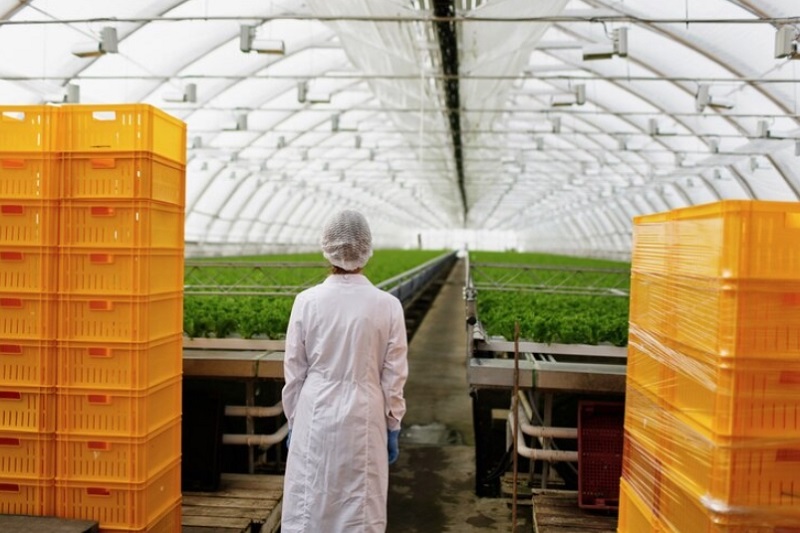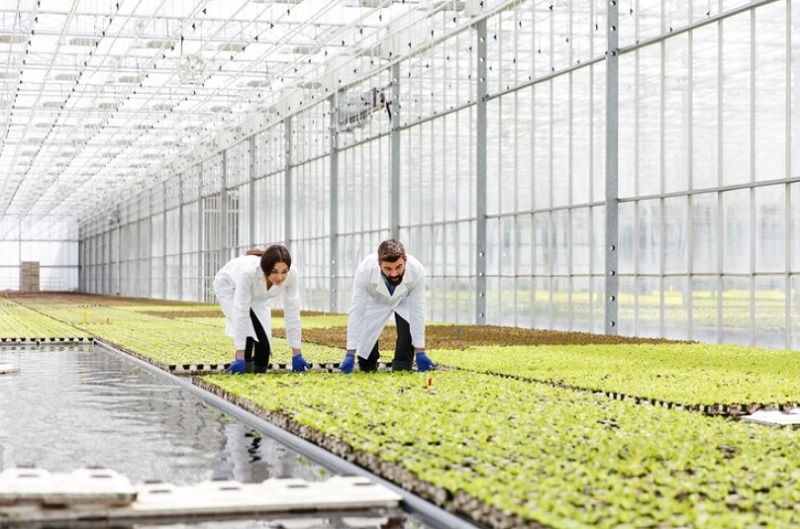Ever wondered how plants manage to thrive without the ability to eat and drink like us? Well, it turns out they have a captivating transportation system at play, ensuring they receive the essential nutrients – food and water – needed for their survival. In this journey into the green realm, we'll unravel the mysteries of plant transportation, exploring the contrasting worlds of vascular and non-vascular plants. From the superheroes of the plant kingdom with their internal tricks to the resilient non-vascular squad, and the intricate processes of water and food movement, join us in discovering the wonders hidden within plants.
Vascular Plants
Meet vascular plants – the superheroes of the plant world! These green wonders have some cool internal tricks up their sleeves to stay nourished and strong. Picture two special tissues called the xylem and phloem as their trusty sidekicks. The xylem is like the water and minerals highway, ensuring everything the plant needs for a healthy life gets transported smoothly. Meanwhile, the phloem takes on the role of the food delivery service, making sure the plant gets its tasty treats.
Now, here's the plot twist – these vascular plants are the giants among their plant pals, all thanks to these internal tissues. Not only do these tissues handle the plant's transportation needs, but they also act like the backbone, providing support. Imagine xylem as the sturdy wooden framework, making vascular plants the tough guys in the plant kingdom. So, when the weather gets tough, these plants don't just survive; they thrive!
Non-vascular Plants
Non-vascular plants, unlike their vascular counterparts, skip the fancy specialized tissues for moving water and food around. These petite wonders don't bother with true shoots, leaves, and stems – the kind that vascular plants boast about. Without the trusty xylem and phloem, non-vascular plants miss out on the perks of true roots, leaves, and shoots. You'll find these little guys hanging out in shady spots, swaps, and bogs, where they can stay wet and happy.
Instead of a grand transportation system, they rely on the humble methods of osmosis and diffusion to soak up minerals and water from their damp surroundings. The cool part? They're tough cookies, handling dehydration like champs until they bounce back, with no harm done to their inner workings. Meet the non-vascular squad: liverworts, hornworts, and mosses. While their internal structures might play musical chairs, the way they get around remains the same. For a deeper dive into the world of plants, check out fantapa.com!
Transportation of Water and Minerals:
Root Power Roots, the unsung heroes, play a pivotal role in the water and mineral transportation game. Delving into the soil, they extract nutrients, water, and minerals. Through the magic of xylem tissues, water and minerals embark on a journey to the leaves, the plant's bustling hub. This system mimics the simple principle of drinking through a straw, where a pulling force ensures a smooth flow.
Transportation of Food:

The Leafy Kitchen Leaves, the aerial performers, are not just there for show. Engaged in a constant process called transpiration, they lose water, creating low pressures that set a pulling force into motion. In these leaves, photosynthesis unfolds, harnessing sunlight and oxygen to produce food. This homemade feast then travels through phloem tissues, reaching other plant parts like leaves, shoots, and storage organs in a process known as translocation.
Transpiration:
Leaves in Action Transpiration, the perpetual dance of leaves, plays a crucial role in the overall plant transportation system. As water escapes the leaf surface, it triggers a vacuum effect, pulling up water from the roots. This intricate ballet ensures a continuous cycle of water movement and absorption
How can I improve my transpiration?
Improving transpiration in plants involves creating an optimal environment that encourages healthy water movement. Think of it as giving your leafy friends the VIP treatment! Firstly, make sure they're getting just the right amount of sunlight – plants love a good sunbath for photosynthesis, but not too much to cause excessive water loss. Adequate watering is crucial; keep the soil consistently moist, but not waterlogged, to ensure a steady supply of hydration. Proper ventilation around your plants helps maintain a balance between humidity and airflow, supporting efficient transpiration. If you're feeling extra fancy, consider misting the leaves occasionally to enhance the moisture levels. Just like us, plants benefit from a well-rounded diet, so providing them with the right nutrients can contribute to overall plant health, positively influencing transpiration. So, in a nutshell, it's about creating a spa day for your plants – the perfect blend of light, water, and care to boost their transpiration and keep them flourishing.
Conclusion
In unraveling the mysteries of plant transportation, we witness the intricate dance of roots, leaves, and specialized tissues that sustain the vibrant life around us. From the giants with their internal tricks to the resilient small wonders, and the delicate processes of water and food movement, plants showcase a symphony of life. So, the next time you marvel at a leaf fluttering in the breeze, remember, it's not just a leaf – it's a testament to the marvels hidden within the green world.


Comments (2)